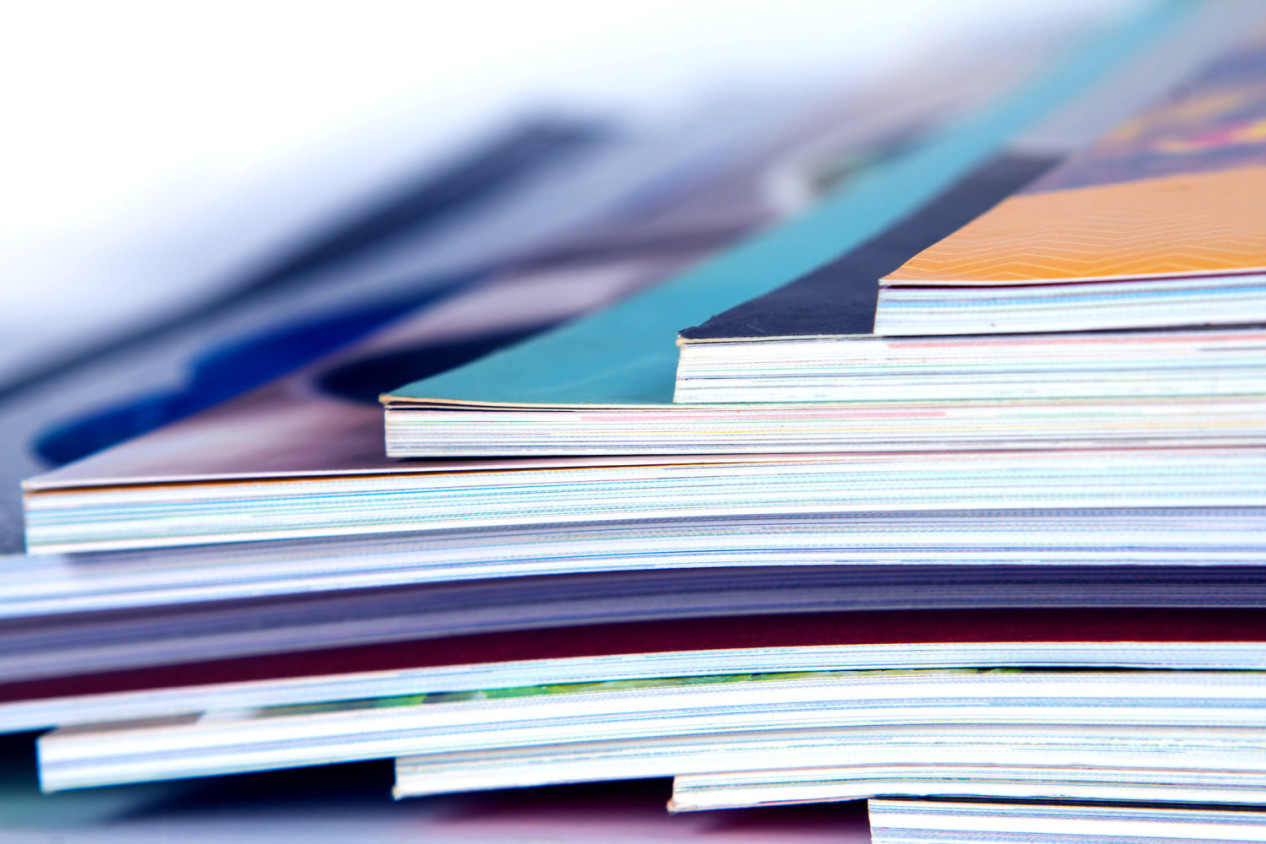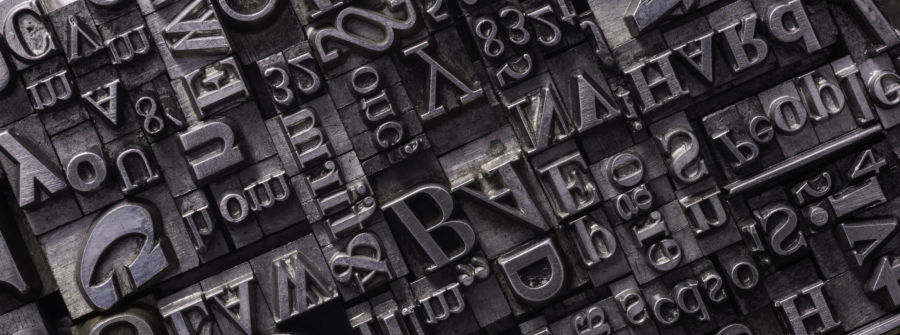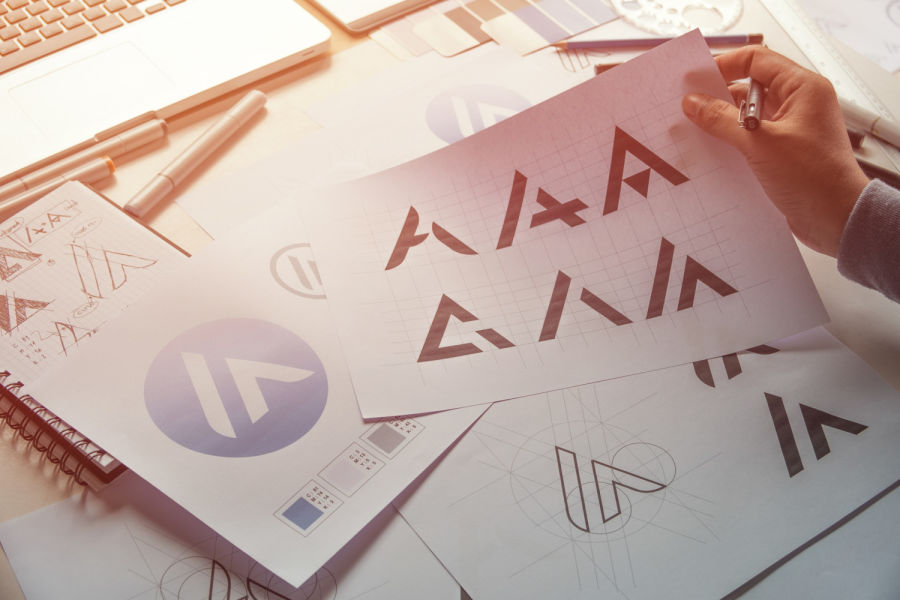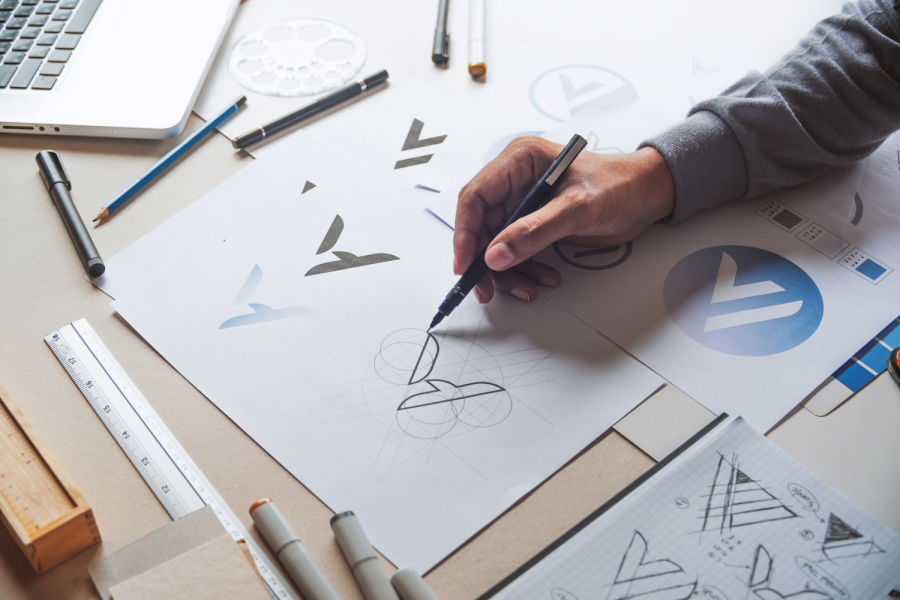//
Sep 6, 2017
What is the Best Paper Finish?
Your marketing content vision has finally come to life.
The design is great. The messaging is spot-on, and your consumers will love it. Now it’s time to print, which means you need to decide on the best paper finish. The type of paper finish you use for your printed work can drastically affect the end result—and yes, the end-user does notice (whether they think they do or not)!
A paper’s finish essentially means how the paper’s surface has been treated and how it feels in your hand. There are several types of paper finishes that each create a unique feel and look for your projects. Before we jump into types of paper finishes, let’s go over some need-to-know paper terminology ( offers a full glossary of paper terms):
- Bleed: in printing, an image that runs off the edges of the paper, or how ink spreads throughout the paper
- Brightness: a measurement of the amount of light reflected off of a sheet of paper
- Bulk: the thickness of a single sheet of paper
- Calendering: process of passing paper through polished metal rollers to increase the gloss and shine
- Debossing: image is stamped into the paper
- Embossing: image is impressed into the paper to achieve a raised surface
- Ink Holdout: a paper’s ability to keep ink on its surface rather than absorbing it. On a paper with higher ink holdout, ink will dry by oxidation rather than absorption.
TYPES OF PAPER FINISHES
The you choose depends on how you want the paper to feel. It's important to remember that while a paper’s finish determines how it feels, it’s coating affects the glossiness and ink-absorbency of the paper. Finishes range from very smooth to very rough, but the four most common types are:
- Smooth: Paper with a smooth finish feels very smooth to the touch and has no visual embossments or indentations.
- Columns: Paper with columns has vertical columns embossed into the paper so that vertical columns run parallel to the paper’s grain and are visible from both sides of the paper.
- Felt: Paper with a felt finish has broad crater-like depressions throughout it. It is what you most commonly see on high-quality fine arts watercolor paper.
- Vellum: Vellum finish ranges from subtle to very noticeable. This paper looks very similar to a smooth finish, but upon closer look, it appears and feels rougher to the touch. This is the most versatile finish and can be used for several different projects.
UNCOATED PAPER FINISHES
Uncoated paper is exactly what its name implies. It has no clay coatings applied to it and usually feels “rougher” than coated paper. Uncoated paper is more porous, meaning that when ink is applied, the paper will actually “absorb” the ink into the sheet, which means it will bleed more. This can be either great or detrimental to the final printed result, depending on the design.
It is important to consider the final use of your printed project when selecting an uncoated paper. Paper that is uncoated tends to be less durable, meaning it will rip and get dirty much more easily than coated paper. Uncoated paper is most commonly used for:
- Letterhead
- Newsletters
- Envelopes
- Printed materials looking for a more “traditional” or nostalgic feel
RELATED:
COATED PAPER FINISHES
Coated paper, unlike uncoated paper, is treated with a clay coating, which creates a glossy or matte finish. It is available in several different finishes that affect the look of your final printed piece. These finishes range from subtle (matte or velvet) to very shiny (high gloss). The more clay used to treat the paper, the shinier it looks.
Paper that is coated has a smoother feel than uncoated paper. and is more durable. The coating makes it more resistant to dirt, moisture and handling than uncoated paper. Depending on the finishes applied to coated paper, ink is absorbed differently. Instead of absorbing into the paper, the ink stays on top of the coating, which can be desirable for certain designs.
The most common uses of coated paper are:
- Magazines
- Book covers
- Glossy photos
- Art books
- Commercial print collateral
PAPER COATING TYPES
Coated paper comes in four forms: wash coat, matte coat, dull coat, and gloss coat. Each differs in the amount of clay used to treat the paper and the resulting shine and glossiness of the paper. They also differ in how the ink is absorbed into the paper.
- Wash Coat (aka Film Coat): Wash coats use the thinnest application of clay, where just enough is used to increase ink holdout
- Matte Coat: Matte Coats contain use more clay than wash coats and offer good bulk. They create a matte gloss, which is good for body copy and multi-color printing. However, it is not necessarily best for color photos.
- Dull Coat (aka suede or velvet): A dull coat is heavily treated with clay and moderately calendered. This creates strong contrast between the paper and high-gloss inks or varnishes
- Gloss Coat: Gloss coats use the same amount of clay as dull coats, but the paper is more calendered and polished. This allows colors to reflect and contrast well with dull inks and varnishes. It is the best coating for crisp color photos.
Using the right paper finish can enhance and complement your marketing design. Once the creative experts have performed their magic designing your project, be sure to consider the intended use for your project. Several designs can be improved by small design details added in printing, so don’t be afraid to branch out when choosing the best paper finish for your next printing project! Watermark is a agency that can help you decide the right finish. If you are in need of assistance, give us a call!







